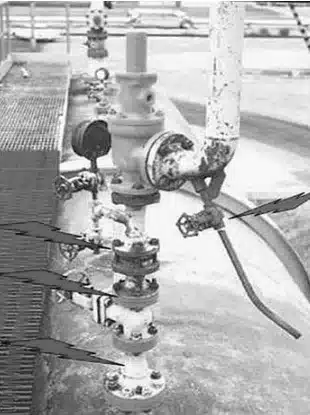safety relief valve vs pressure relief valve
cast vs forged steel
threaded vs flanged
are ball valves directional
Override in a pressure relief valve is a condition where the valve opens at a pressure higher than its designated set pressure. As seasoned engineers at THINKTANK specializing in valve technology, we can confidently explain why this is not desirable.

Safety First
The primary purpose of a pressure relief valve (PRV) is to protect equipment and systems from excessive pressure by opening at a predetermined pressure level. Override compromises this safety function. If a PRV opens at a higher pressure, it exposes the system to potentially hazardous conditions, potentially leading to equipment damage or even catastrophic failures.
Sign of Trouble
Override can indicate a malfunction within the valve mechanism, such as spring degradation or obstruction preventing the valve from opening at the correct set pressure. This not only jeopardizes system safety but also signifies maintenance issues that can lead to increased operational costs and downtime.
Staying within Rules
Moreover, from a regulatory and compliance perspective, operating a PRV with an override issue could mean non-compliance with industry standards and safety regulations. This can have serious implications, including legal liabilities and reputational damage for the company.
At THINKTANK, we emphasize the importance of regular maintenance and testing of PRVs to ensure they operate at their designated set pressures. This aligns with best practices in the industry and ensures the safety and efficiency of the systems we design and manage.